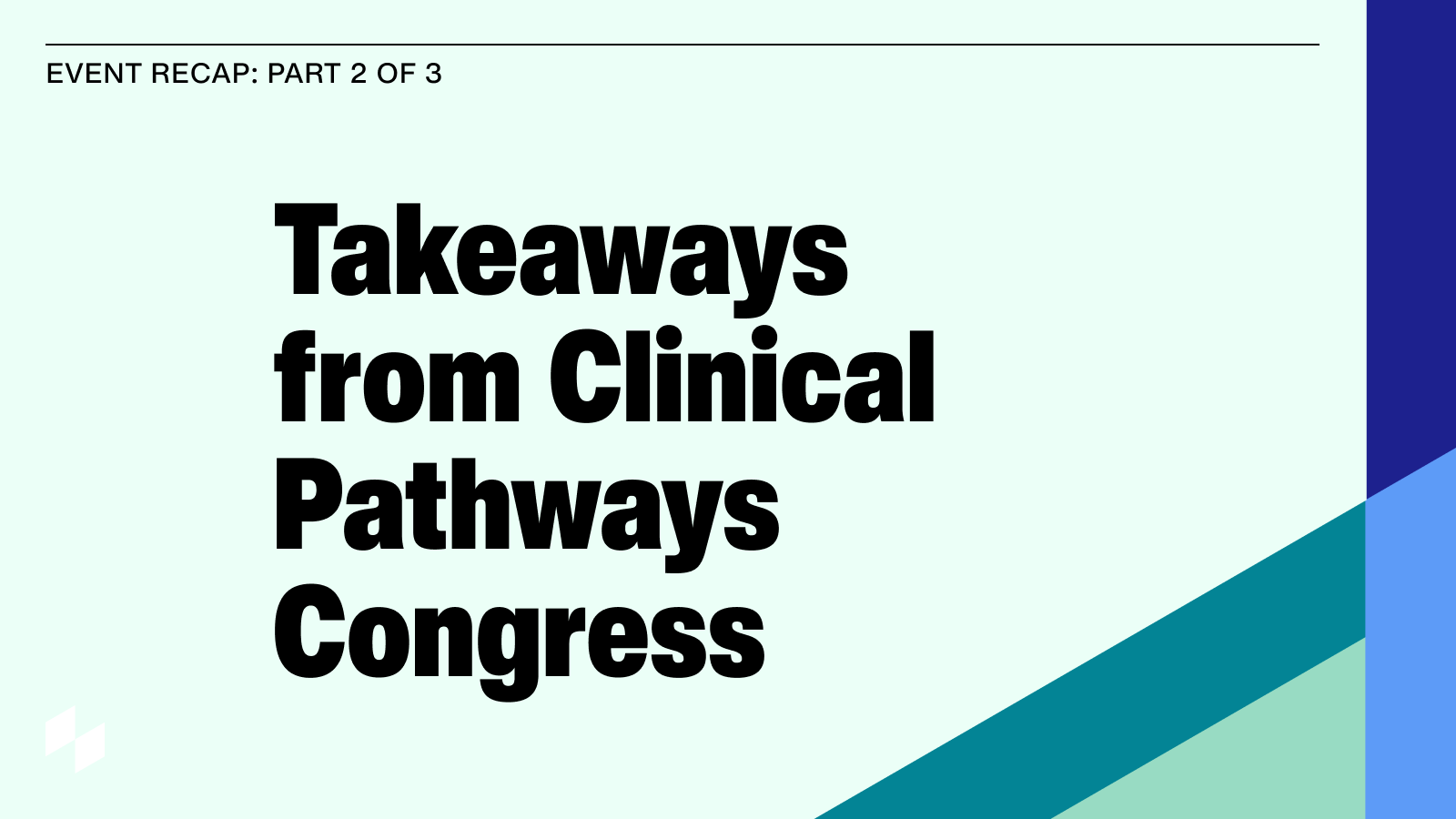Clinical decision support (CDS) technology has become a valuable tool for oncologists in an era of unprecedented innovation in cancer care, which produces hundreds of approvals for new cancer drugs over the past few years along with constant updates to recommended guidelines and preferred treatment pathways every year.
By surfacing guidance from the National Comprehensive Cancer Network (NCCN) and other sources, CDS can equip busy oncologists with evidence-based guidelines at the point of care, enabling them to make the most appropriate treatment decisions for their patients.
When using these platforms however, it’s important to ensure that oncologists are getting access to all of the insights they need to make the best possible decisions. This includes NCCN-Preferred, as well as locally customized pathways developed by health systems or payer partners that are designed to meet specific organizational and clinical goals.
Authoring Custom Oncology Pathways vs Surfacing NCCN Preferred Pathways
In a new study published in the May/June issue of the Journal of Clinical Pathways, a research team from Flatiron Health found that custom oncology pathways are able to fill in these gaps – and oncologists will actually use them
The team used the nationwide, EHR-derived, de-identified database from Flatiron Health to analyze treatment regimen orders placed during a 10-month observation period from February to December 2022, across 12 sites of care by 522 clinicians in both community and hospital-based cancer centers. All sites used Flatiron Assist™as their CDS platform.
They assessed patterns of preferred and non-preferred treatment regimen ordering for Breast, Non-Small Cell Lung, and Colon cancers from sites that only displayed NCCN- Preferred pathways versus those that surfaced locally customized recommendations. Sites were excluded if they displayed both NCCN and custom preferred pathways to ensure there was no overlap within the analysis.
After analyzing a total of 16,722 orders, the researchers found that an NCCN-Preferred option existed for 58.5% of orders, more or less in line with previous research. However, custom preferred options existed for 71.7% of orders, indicating that custom preferred recommendations can cover more clinical scenarios than when relying on NCCN- Preferred options alone.
Importantly, clinicians overwhelmingly embraced the use of the CDS tool no matter what options were presented to them. Providers selected a preferred treatment for 86.5% of scenarios where NCCN Preferred was an option and 84.7% of scenarios where custom preferred was an option, representing high uptake for CDS in both cases.
The study has some limitations, including the fact that deployment of the tool is self-selected at the cancer center and clinician level, and that the analysis is limited to a particular point in time. Researchers were also unable to determine whether oncologists simply declined to use the tool when choosing treatments that were likely to be non-concordant or non-preferred.
Clinical Decision Support Plays A Vital Role
Despite the limitations, the research paints a positive picture of the important role of CDS in the modern oncology environment and suggests that custom oncology pathways are helpful for filling in gaps in other evidence-based guidelines.
“Cancer clinics that invest resources in developing their own custom pathways and use a CDS tool to display those options within the workflow at the point of care may be able to reduce unwanted variation, as illustrated by the high rate of ordering preferred treatments when the option exists,” the team said.
“This is especially important given previous research indicating that a physician who has recently ordered a non-recommended or low-value treatment is more likely to continue ordering that same low-value treatment in the future. It is critical to set users on the right path at the beginning by surfacing actionable, reliable information about recommended treatment decisions.”
Using CDS tools to augment NCCN Guidelines with custom clinical pathways is a promising strategy for increasing concordance with local and national preferences, which leads to less unwanted variation in care and a greater likelihood of achieving cost savings and better outcomes for cancer patients.




